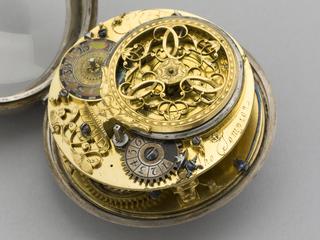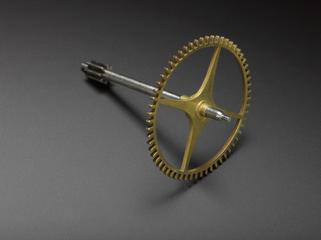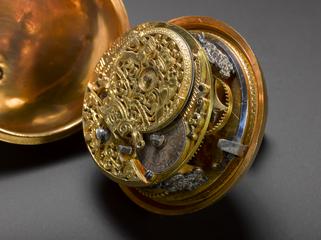
Egyptian Water Clock
- Made:
- 1922
Plaster cast of early Egyptian water clock or 'clepsydra' from original dating from between 1415-1380 BCE, reign of Amenhotep III, found at Karnak Temple in 1904.
The original of this plaster cast (which is held in the Cairo Museum) was found at Karnak Temple, Upper Egypt, in 1904, and dates from the reign of King Amenhotep III (1390-1352 BC). It is made of alabaster and was probably used for indicating the passage of hours of the night. In use, the vessel was filled with water, which leaked out slowly from a small hole near the bottom. The time is indicated by the level of the water in the vessel, which is shaped so that it falls at a uniform rate. At this time it was customary to divide the period of daylight and darkness into twelve `hours` which thus varied with the seasons. The inside of the vessel has twelve scales each marked with the name of the month.
Details
- Category:
- Time Measurement
- Object Number:
- 1923-48
- Materials:
- plaster
- Measurements:
-
overall: 350 mm 480 mm,
- type:
- water clock and model - representation
- credit:
- The Egyptian Government




